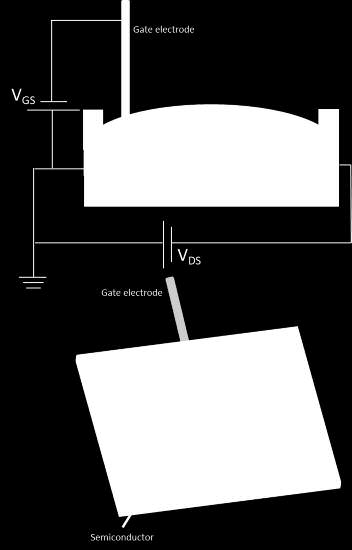CSIC has developed a pharmaceutical composition that, made up of the antiangiogenic agent
bevacizumab and a FAK tyrosine kinase inhibitor, has a marked antitumor effect against uveal
melanoma, reducing its progression and growth. Additionally, the invention is also related to in vitro uses of the developed pharmaceutical composition.
Industrial partners are being sought to collaborate through a patent licence agreement.
An offer for Patent Licensing
Description of the technology
The use of the pharmaceutical composition developed represents an advance for the therapeutic treatment of uveal melanoma Uveal melanoma is the most common primary intraocular malignant neoplasm in adults. It is characterized by the growth of cancer cells from the pigmented tissue of the eye called the "uvea" (iris, ciliary body and choroid). It is classified as a rare disease as it presents an incidence of approximately 0.7 per 100,000 inhabitants. This type of cancer develops metastases in half of the cases and 40% of patients die from metastatic disease despite successful treatment of the primary tumor.
Although there are a large number of studies on this disease, uveal melanoma, and metastatic melanoma in particular, continues to be a type of cancer that lacks therapies with a significant impact on survival. There is, therefore, a need to provide therapeutic approaches for the treatment of uveal melanoma.
The present invention responds to the need to find drugs for the effective treatment of this pathology. The developed composition significantly reduces tumor progression and growth in uveal melanoma and enables its use in the preparation of a drug for its treatment.
Main innovations and advantages
· The composition presented is made up of the compound PF-271, aninhibitor of the pharmacological target FAK, and the compoundbevacizumab (also known as Avastin), an antiangiogenic agent directedagainst vascular endothelial growth factor (VEGF).
· The combination has shown the ability to reduce tumor size in uvealmelanoma in an improved way compared to their individualadministration.
· Its effect against vasculogenic mimicry gives this combination a potentialtherapeutic use in cases of poor prognosis of uveal melanoma, since itis an alternative blood supply process to angiogenesis that is associatedwith highly invasive tumors.
· In addition to its therapeutic applications, the use of the pharmaceuticalcomposition of the invention in in vitro tests is also possible.






